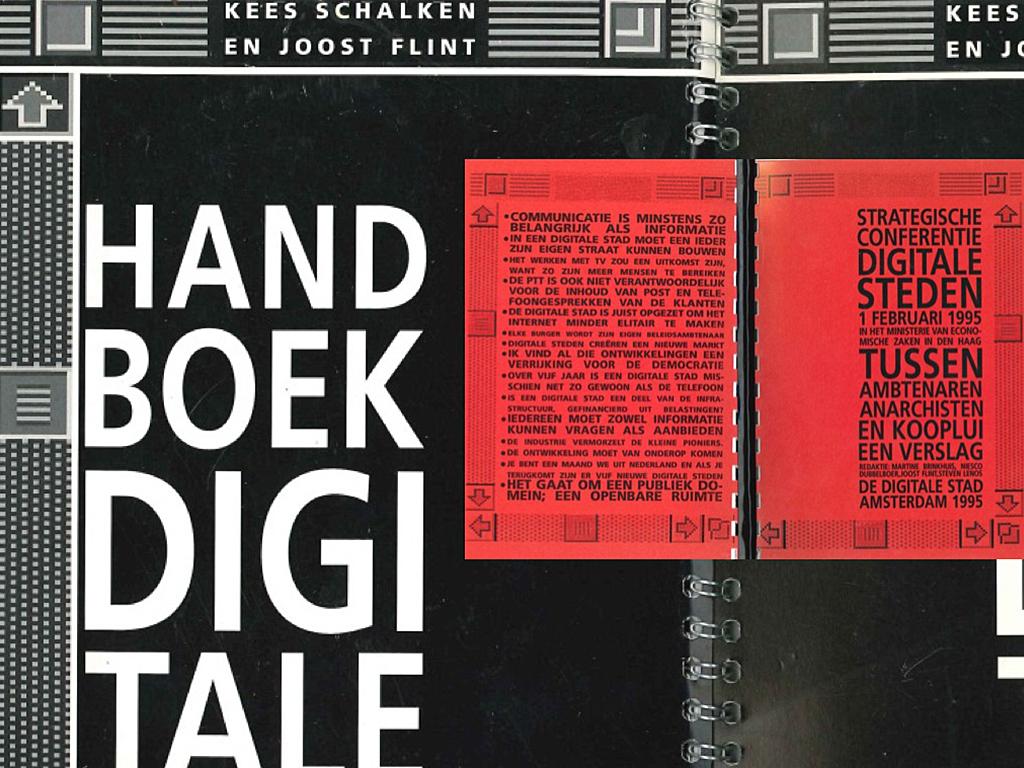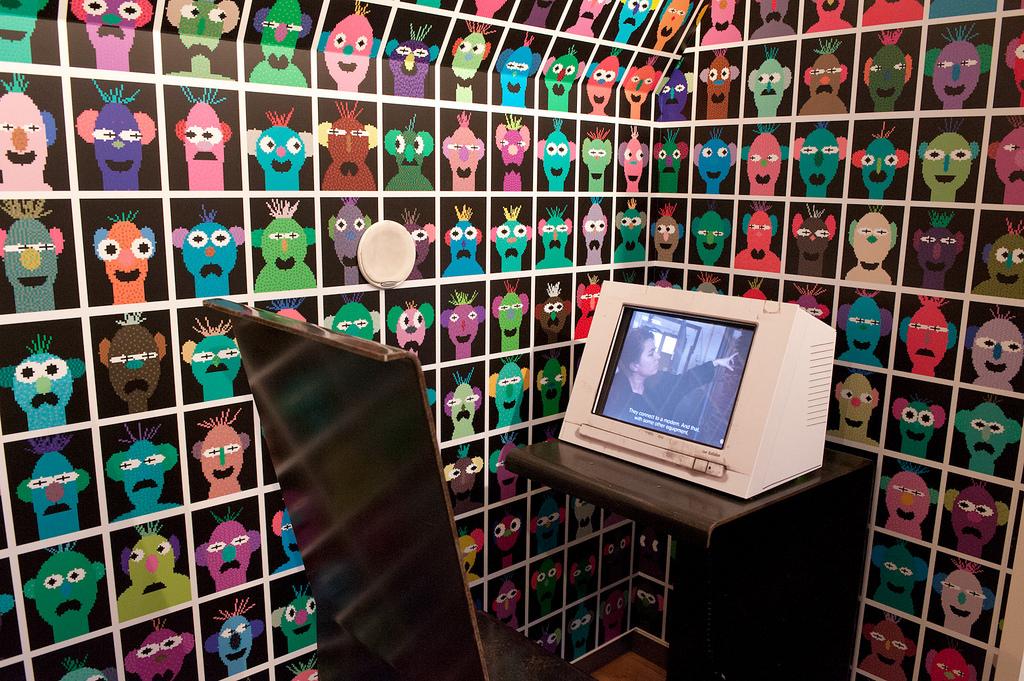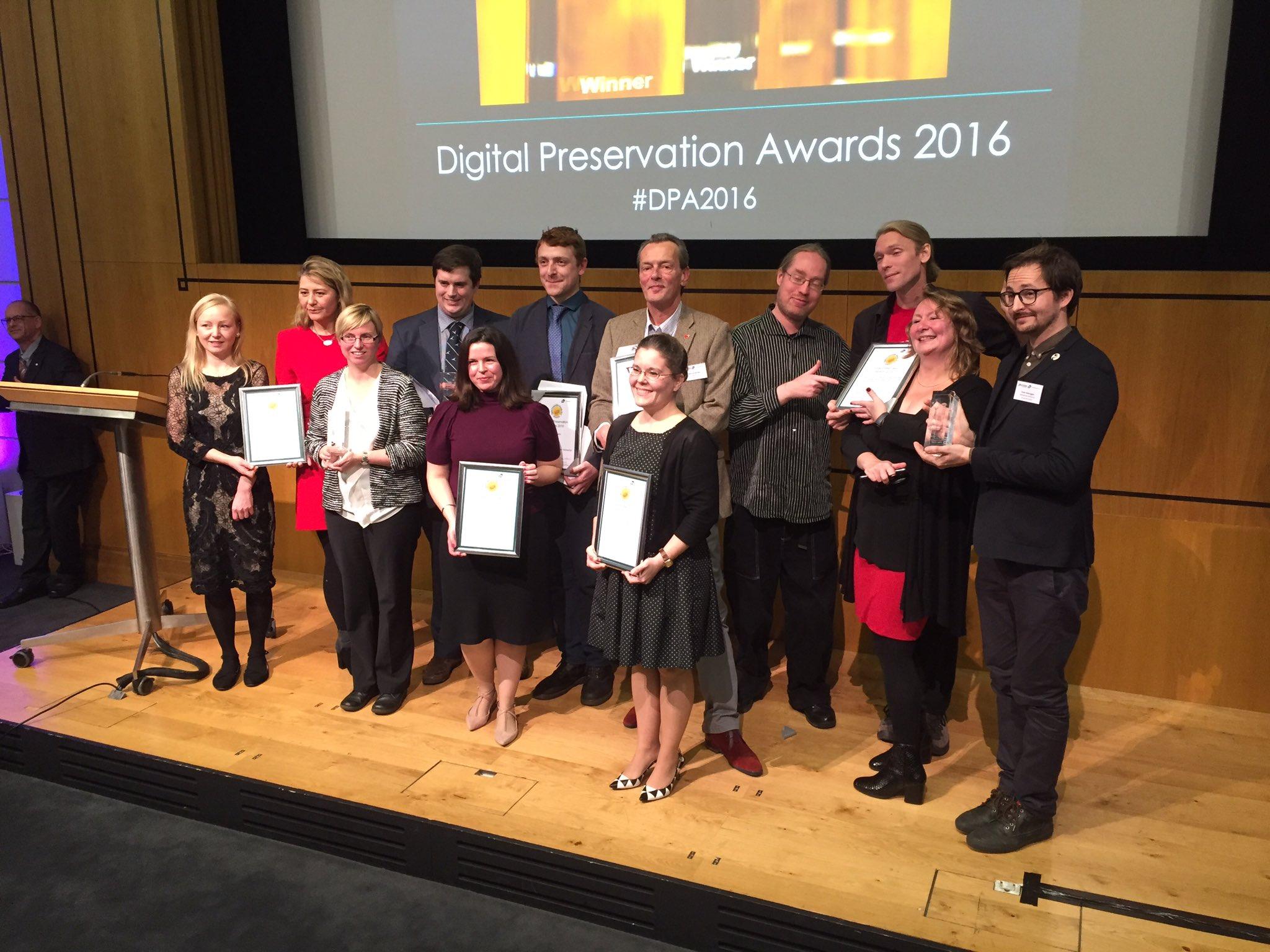Previously I wrote about the group of UvA en VU computer science students that have been working on the data freeze of the Digital City, under the supervision of Gerard Alberts of the UvA. The Digital City (De Digitale Stad, or: DDS) was the first public exploration of the Internet in The Netherlands. Waag’s links to the Digital City are strong. Our founder and director Marleen Stikker was previously it’s ‘mayor’, and we are currently partnering with the UvA, Amsterdam Museum and Beeld en Geluid in order to archive and disclose the data that was saved during a freeze of the system in 1996.
Last week the computer science students presented their work so far, in a filled auditorium of the Amsterdam Museum. In the past couple of months, eight young guys attempted to reconstruct as much of the old system as possible. They are web-archeologists: a unique mix of curious, tech savvy code lovers who can appreciate historical questions and ethical considerations.
So, a group of enthusiastic former Digital City ‘inhabitants’ and other interested people gathered to hear about the progress they had made. And it was really impressive! The students have unpacked a large part of the freeze. They have created two versions of it. A close to the original version of DDS 3.0 (with it’s typical city-like interface), which contains many of the original public features. And DDS 4.0, a version they have created themselves and that runs on a completely modern backend. This new version could, in the future, work as a demonstrator for the system, to show people how it used to work in a modern day environment and without the risk of disclosing personal data that is present in the original freeze.
During the presentation the group showed us both versions, but they also went into other aspects of the work they did. Usually, archaeologists and historians study personal information of people who are long gone. For the web, this is of course not the case. So the project raises some important questions. For instance, how do you assess which information can be disclosed and what should remain private? And for how long? What has DDS arranged with it’s users back in 1995 and 1996? For now, the students have focused on the already public parts of the Digital City. Which means that all private chats, e-mail, and other interactions are yet to be dug up, and everyone involved will have to be guaranteed that the information will be kept private and secure.
Another part of the study has been to compare old scripts with our modern coding languages. How has the language changed over time, has it become more efficient and how have system changes influenced the use of language? It was great to hear these young students talk about a coding language that was created before they were born, in some cases. For them it was special to present their work in an auditorium filled with the people that used the system and/or created the system. ‘Who used to work in Unix?’ was one of the questions they asked the group, as though it’s an ancient system that must have been difficult to handle. To which one former resident commented that they really should realise that these technologies were completely normal, about twenty years ago. It just enabled the users to connect and explore the web, so it was actually very functional to work with.
With these presentations the students round up their work, for now. But there is much more to be done. The login-functions need to be restored, private sections of the freeze need to be mapped out and an archive needs to prepare to host the data in a durable and accessible way. These will be huge challenges that we plan to undertake, hopefully with support of the new students starting Gerard Alberts class next year!


